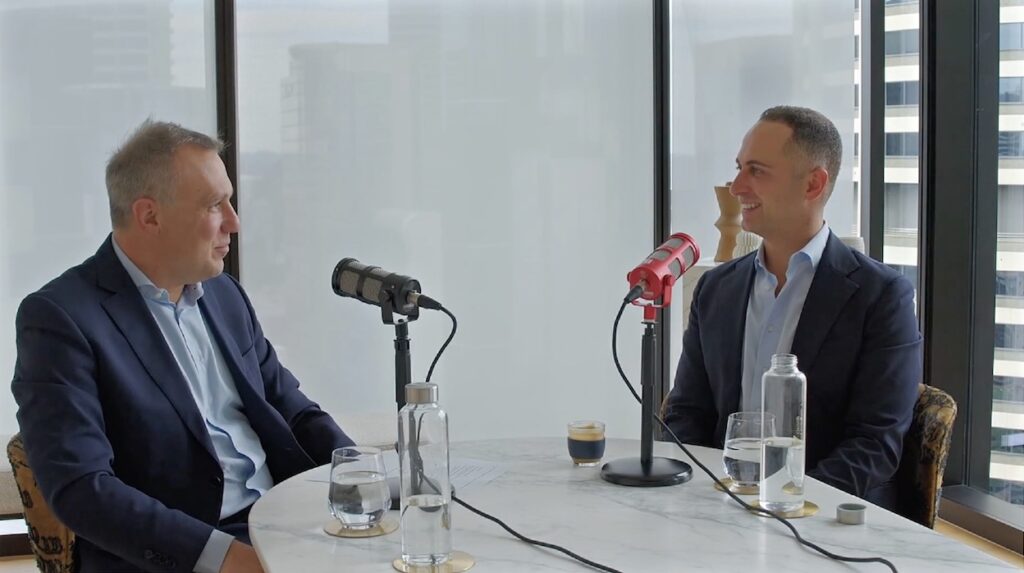WeightWatchers under pressure to show consistent subscriber growth as lenders examine post-Ozempic landscape
WW International needs to start consistently packing on subscribers to demonstrate to creditors it can evolve its business model before its over-levered capital structure starts to wobble, credit market participants say.
Shares of the weight-loss company fell sharply earlier this month amid worries about potential balance sheet maneuvers as news spread that some lenders are working with Gibson Dunn. In fact, lenders organized with Gibson Dunn a few months ago and have not engaged in discussions with the company, said two sources familiar with the matter.
WW’s USD 945m term loan due 2028 has slipped from being quoted at 57.3/59.2 to 44.5/46.5 over the past month, according to Markit. Shares have fallen over 77% this year to trade at USD 1.86, giving WW a market cap of just USD 152m.
The declines come as the company, widely known by its brand name WeightWatchers, has been trying to adapt to the rising popularity of expensive GLP-1 weight loss drugs like Ozempic that some fear will make irrelevant the company’s traditional nutritional counseling services. Board member, investor and customer Oprah Winfrey announced late last year she is taking a GLP-1 medicine and this year said she planned to leave WW’s board of directors.
The company has seen subscribers to its services fall from a peak of 5m in 1Q21 to 3.8m in 4Q23, pushing adjusted EBITDA to USD 146m with slightly negative free cash flow last year compared to USD 282m adjusted EBITDA for 2021. Leverage stood at over 9x based on USD 1.445bn in long-term debt and USD 109m of cash.
Based on 2024 guidance, WeightWatchers should come in slightly cash flow negative to neutral this year, said a sector advisor and sellsider. Next year market participants are forecasting positive free cash flow, added the sector advisor.
WeightWatchers acquired telehealth provider Sequence last year and launched a clinical subscription service that bundles its digital nutritional offerings with access to clinicians who can prescribe weight loss drugs for a monthly fee on top of the cost of the medicine. The launch followed the company’s years-long switch from in-person counseling to digital offerings, a move that accelerated during the COVID-19 pandemic.
If the pivot to clinical works and the company can attract customers, the business should be massively cash flow accretive, a buysider said. But he added the space is competitive and WeightWatchers is aiming to sell the product at a premium by tapping its existing customer base.
Clinical subscribers reached 67,000 in 4Q23, and the company expects 140,000 to 160,000 by year-end 2024. In a 14 March SEC filing, company officials disclosed it was on track to beat its previously provided first-quarter fiscal 2024 guidance for end-of-period clinical subscribers.
CEO Sima Sistani told employees in a 14 March memo reviewed by Debtwire that the company is “executing on a specific plan to grow subscription revenue, subscribers, gross margin and operation income this year. Our business is healthy, and we are well-positioned for the future as we continue our transformation.”
“Certainly, the [clinical] guidance on its face was pretty constructive,” said a sellside analyst. “We want to see that path continue into 2025 and maybe the company can announce some JVs or partnerships that can help things out as well. People are encouraged by guidance and encouraged by the Sequence [clinical] growth. Now it’s just a matter of waiting, which is the hardest part.”
To reach an inflection point, WeightWatchers needs to reach at least 200,000 clinical subscribers and potentially closer to 300,000, while maintaining a base of 3.7m to 3.8m core subscribers, the equity analyst said. The analyst said the company enjoys a strong built-in distribution channel thanks to 20m lapsed subscribers who theoretically should be eligible for the clinical business, allowing marketing spend to remain flat.
Moody’s corporate analyst Edmond DeForest said he believes the company needs to focus on growing overall subscribers, not just on boosting the small number of clinical subscribers. The ratings agency recently downgraded WW International to Caa1 from B3 driven by uncertainties over the company’s ability to return to revenue and profit growth by 2025.
“The downgrade [last] week was mostly a function of our skepticism about their ability to do more than just stop shrinking subscribers,” DeForest said. “Revenue is still down, profits are still down, and cash flow is still down. Subscribers have shown a sign of a bottom so that’s perhaps a good beginning, but to be able to sustain a growth in subscribers is what they need to be able to turn around.”
Digital subscriptions need to grow consistently over multiple quarters and probably over multiple years, DeForest said. “That’s really the key for us. If they grow subscriptions 10% and revenues 10% then profits will grow faster than 10% and that’s the operating leverage in the business.”
And while WeightWatchers clinical is valuable, its performance is not a key consideration for whether the company can recover its credit profile or not, said DeForest. “It’s the digital business. There’s only 67,000 clinical subscriptions and millions of digital subscribers. For scale difference, it’s the digital subscriptions with higher gross profits and getting those growing consistently – that’s the important consideration.”
Digital subscriber growth is definitely a concern over the short-term, but the story is the risk to the digital business because the market is moving towards weight loss drugs, the sellside analyst noted. “If WeightWatchers didn’t have clinical, people would say that the business is doomed because digital is going to collapse because GLP-1’s will take over the market. Most importantly, we need to see [WW clinical] grow quarter over quarter to help ease concerns.”
For 2024, WeightWatchers projects USD 830m to USD 860m in revenue, a decline from USD 890m in 2023 as the company shuts down a low-margin consumer products business. Management guided 2024 EBITDA will come in at USD 155m and USD165m; full-year interest expenses between USD105m and USD110m and capex expenses in the USD 20m to USD 25m range.
Looking at the company’s 2024 guidance at midpoint, WeightWatchers is expected to be free cash flow break even this year, the sellsider said. “Liquidity should not be an issue for this year,” he said.
Several of the other sources said they agreed the company doesn’t have a pressing need for cash given the nearest maturity is 2028. WeightWatchers ended 2023 with USD 173.8m available under a revolving credit facility subject to certain terms and conditions, according to SEC filings.
Still, it’s possible WeightWatchers will look to raise additional capital to support the GLP-1 business, which could be secured using a liability management transaction, the buysider said.
With WeightWatchers debt trading in the 40s and 50s, there’s considerable discount to capture, but engaging in a transaction that sounds like a restructuring may send a negative signal to the market, the sellsider said.
“I’m not sure if they want to get those headlines because it could impact the business,” the sellsider continued. “That could be a self-inflicted wound that can’t be stopped and gets out of control.”
Added the equity analyst: “They should not be worrying about anything but stabilizing core, growing clinical, generating cash and in ‘26 look up and start to evaluate options.”
A WeightWatchers representative deferred to public comments made by the company.












